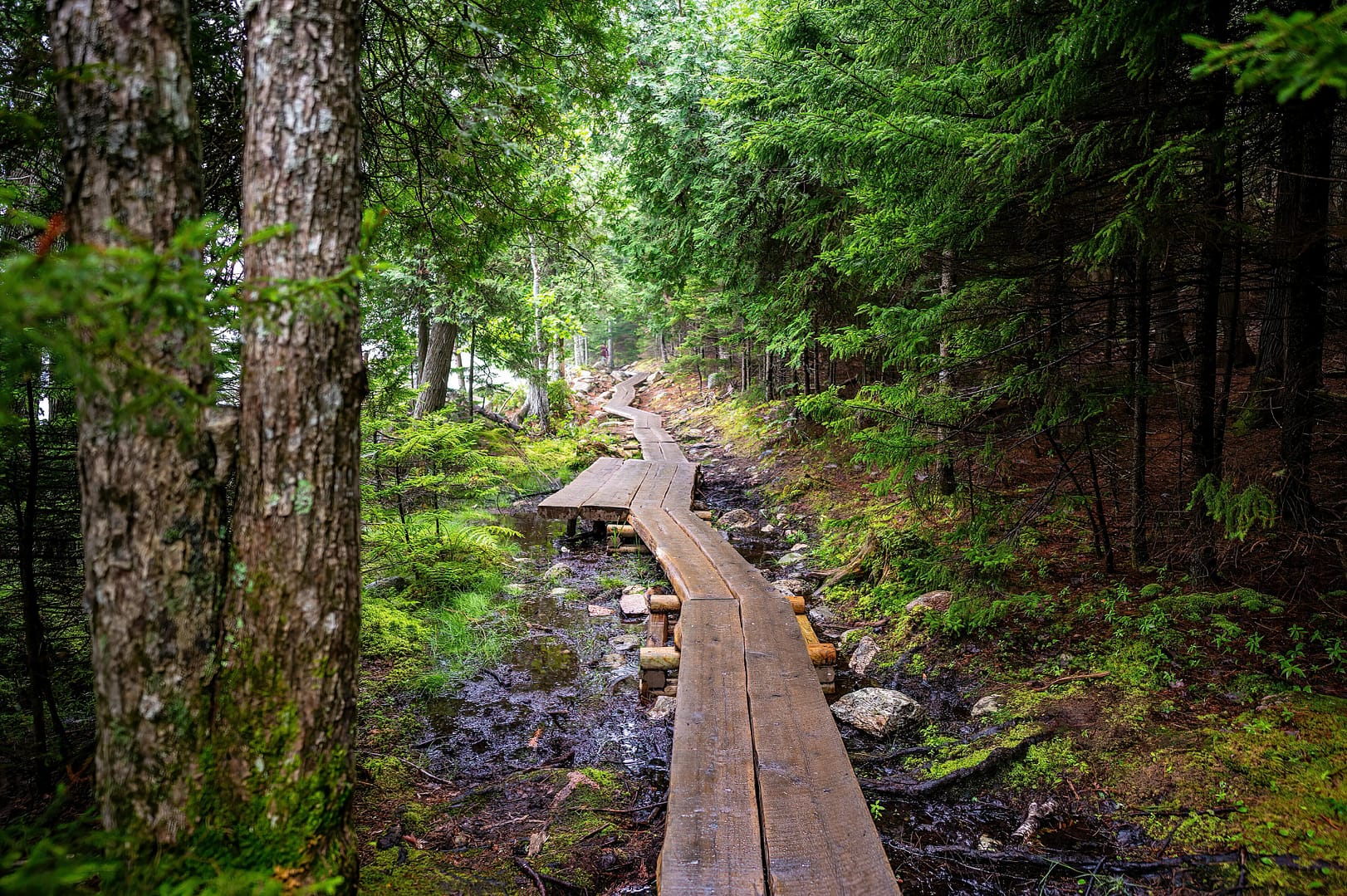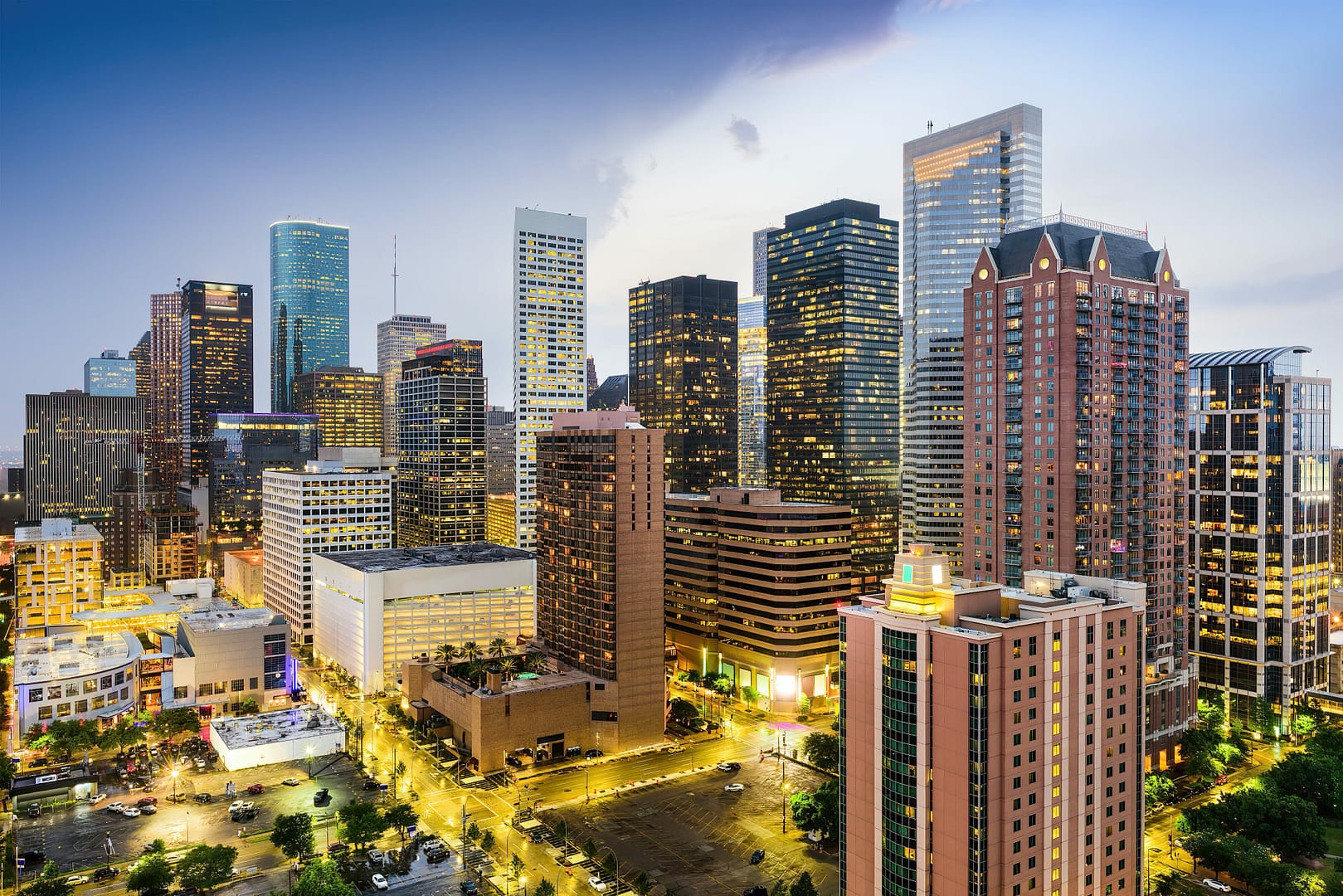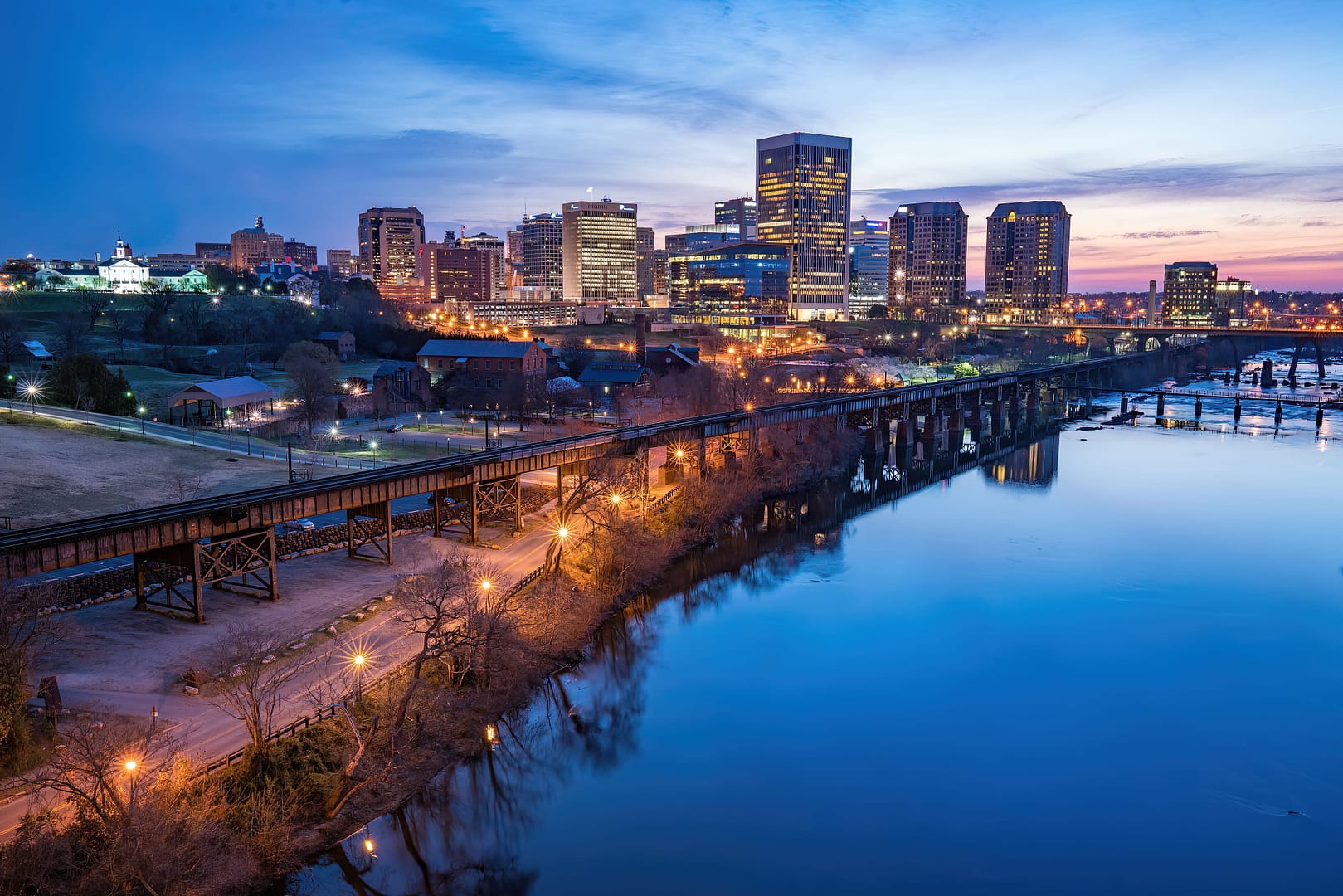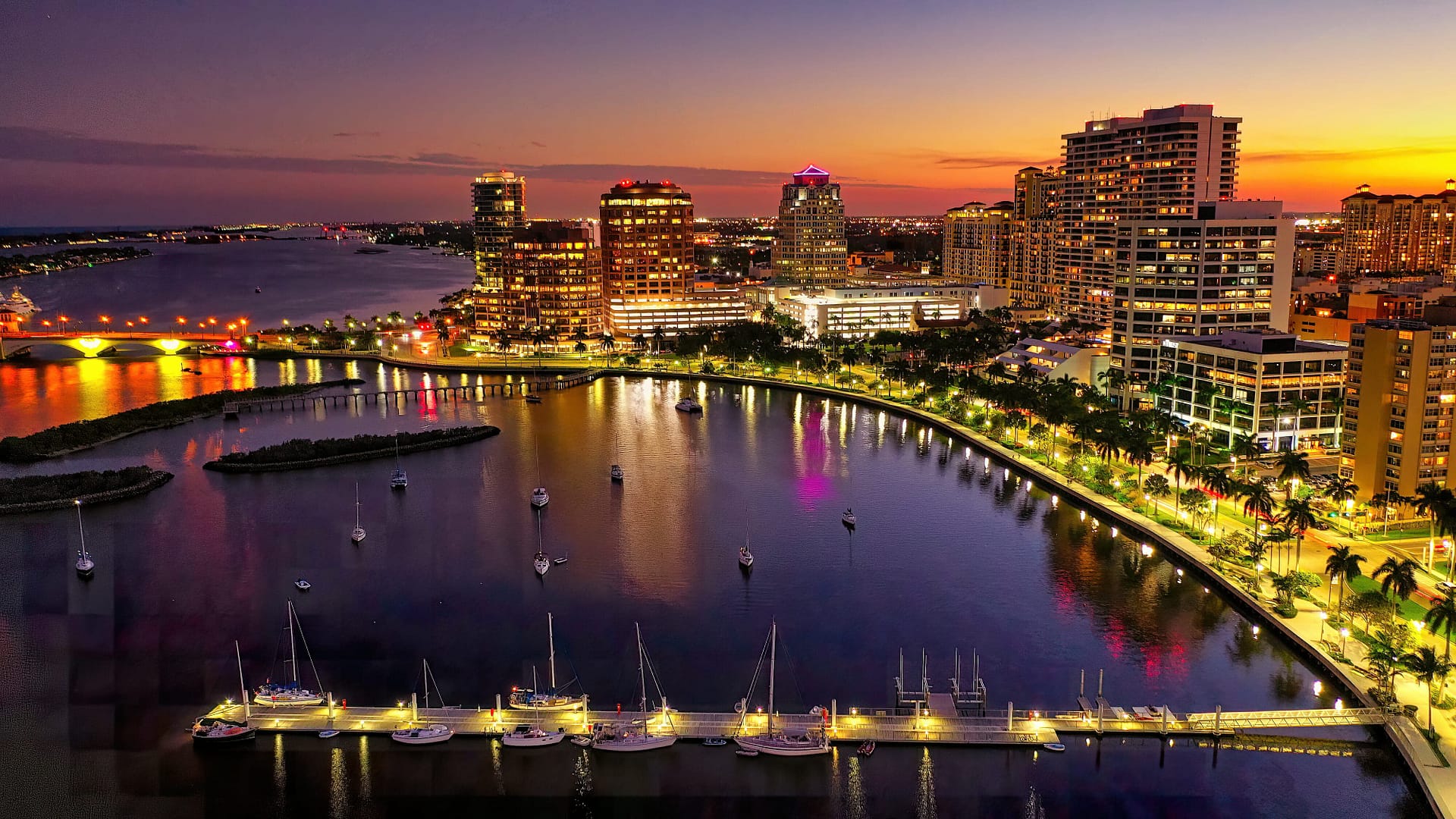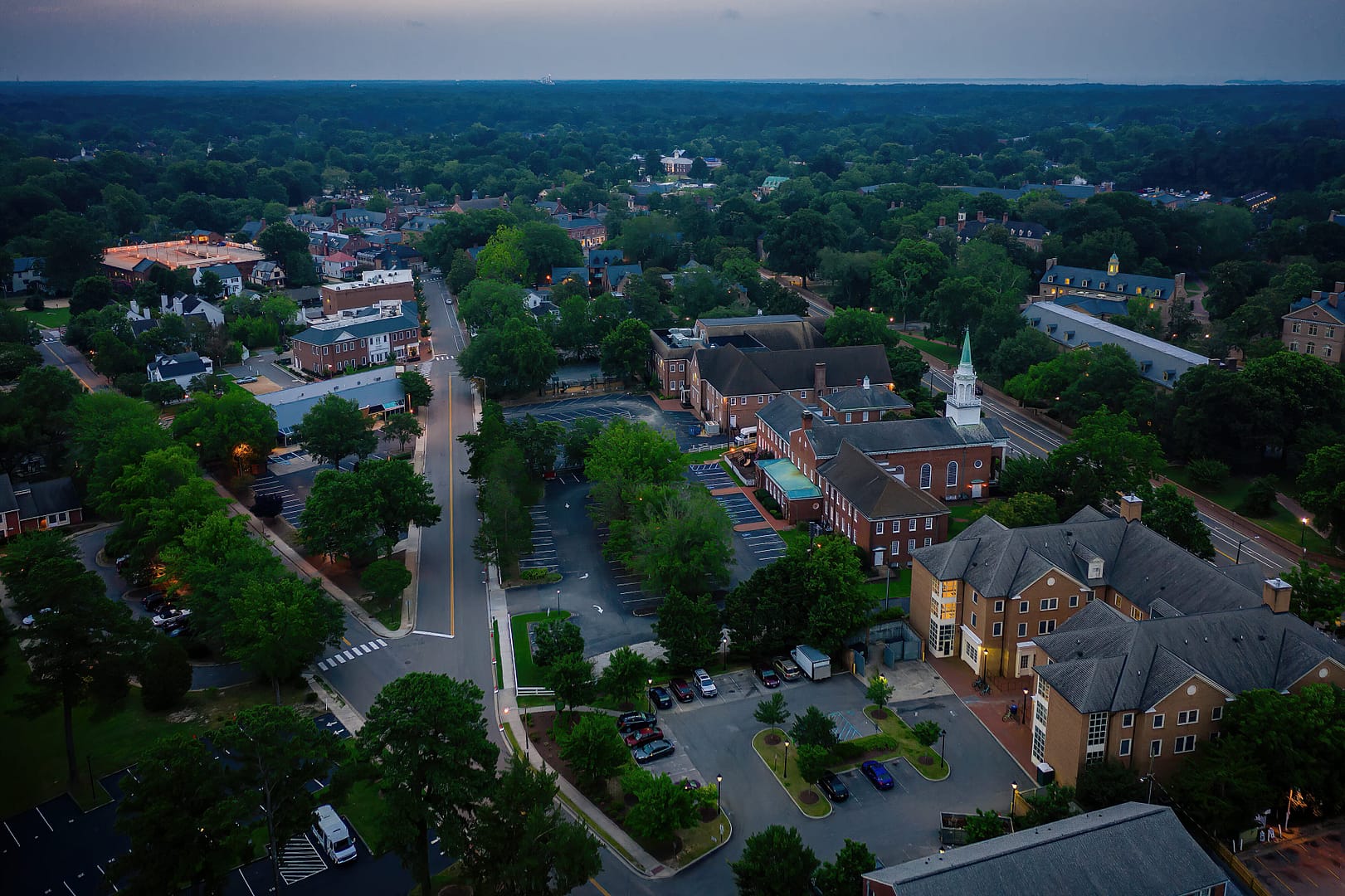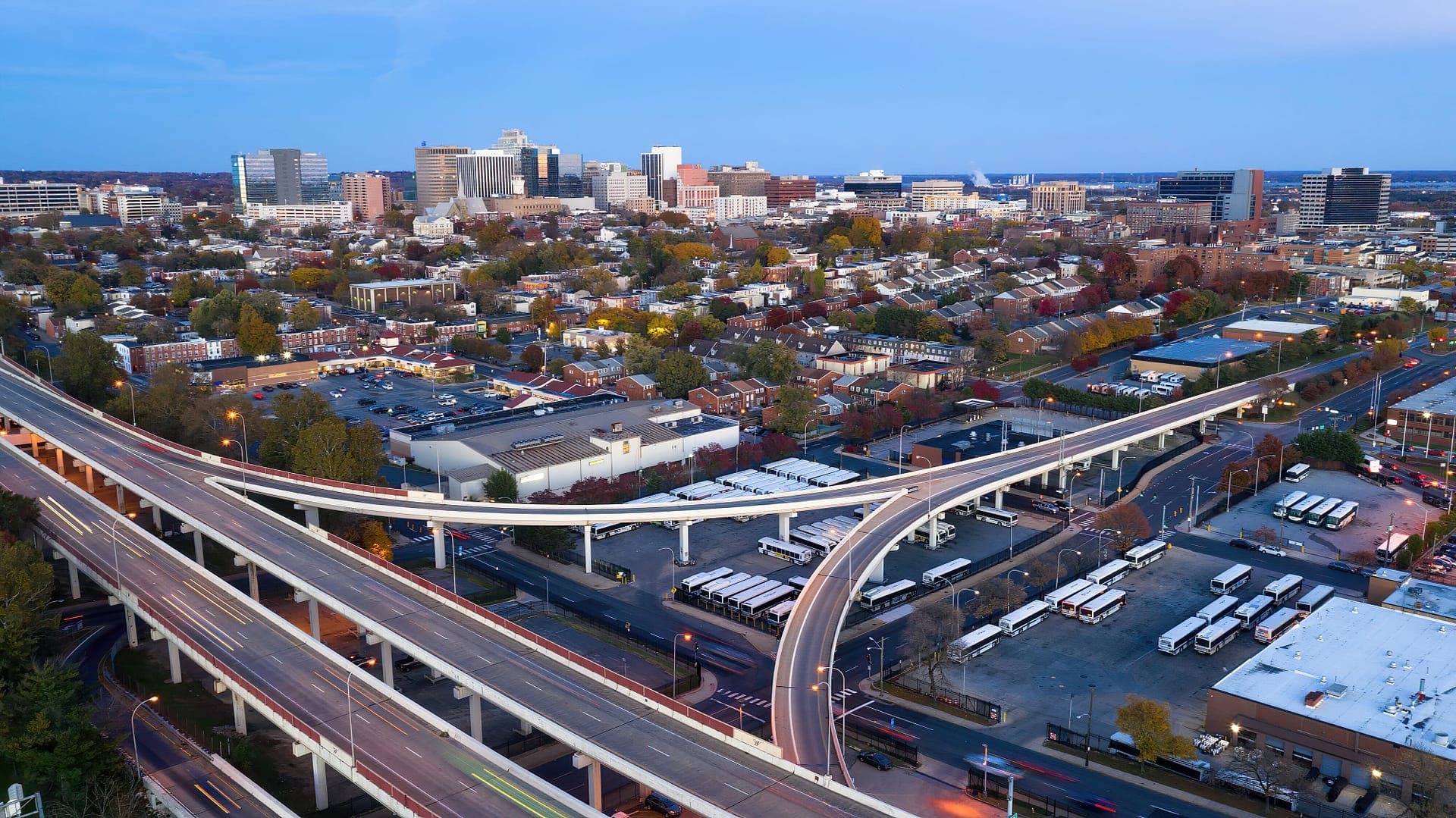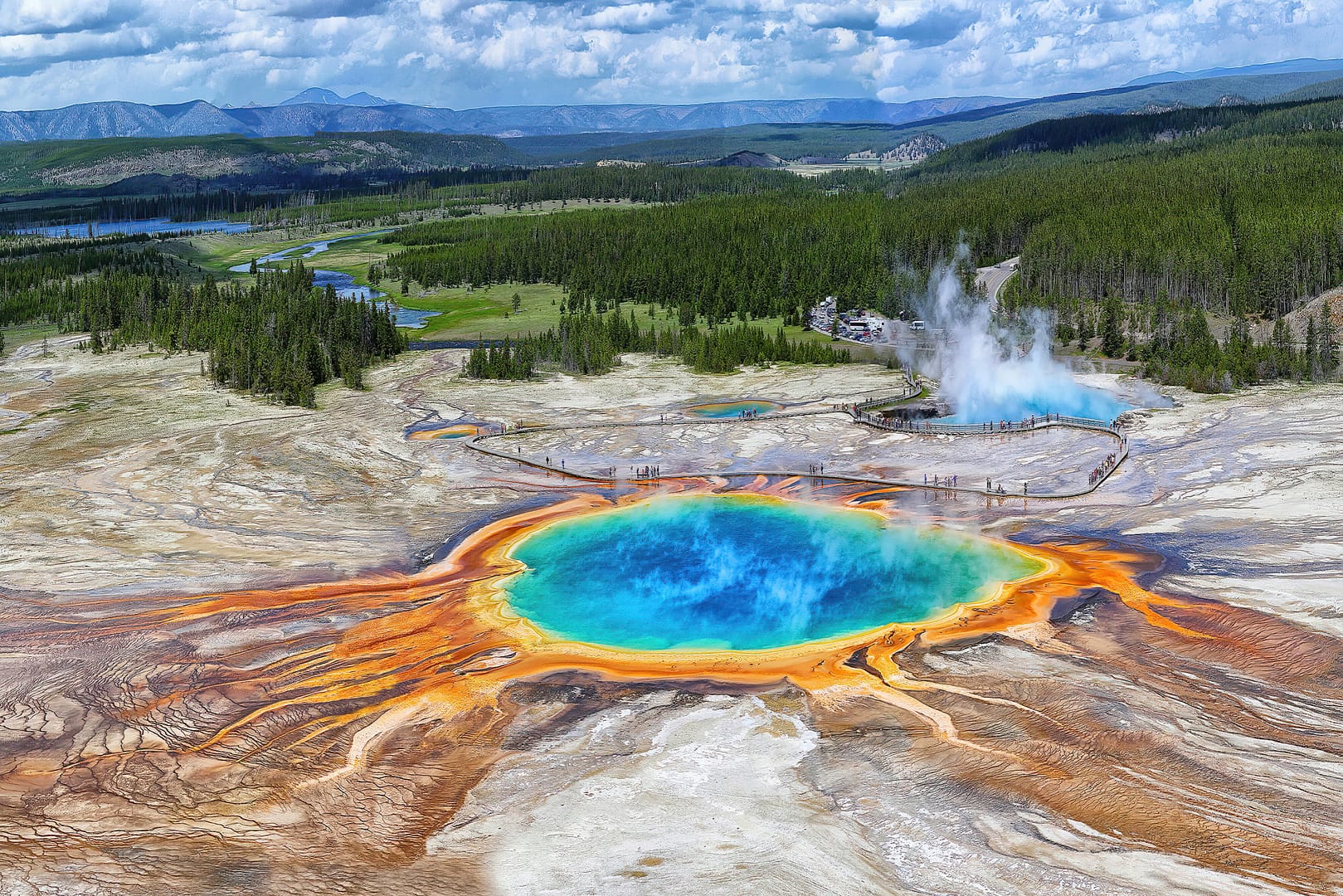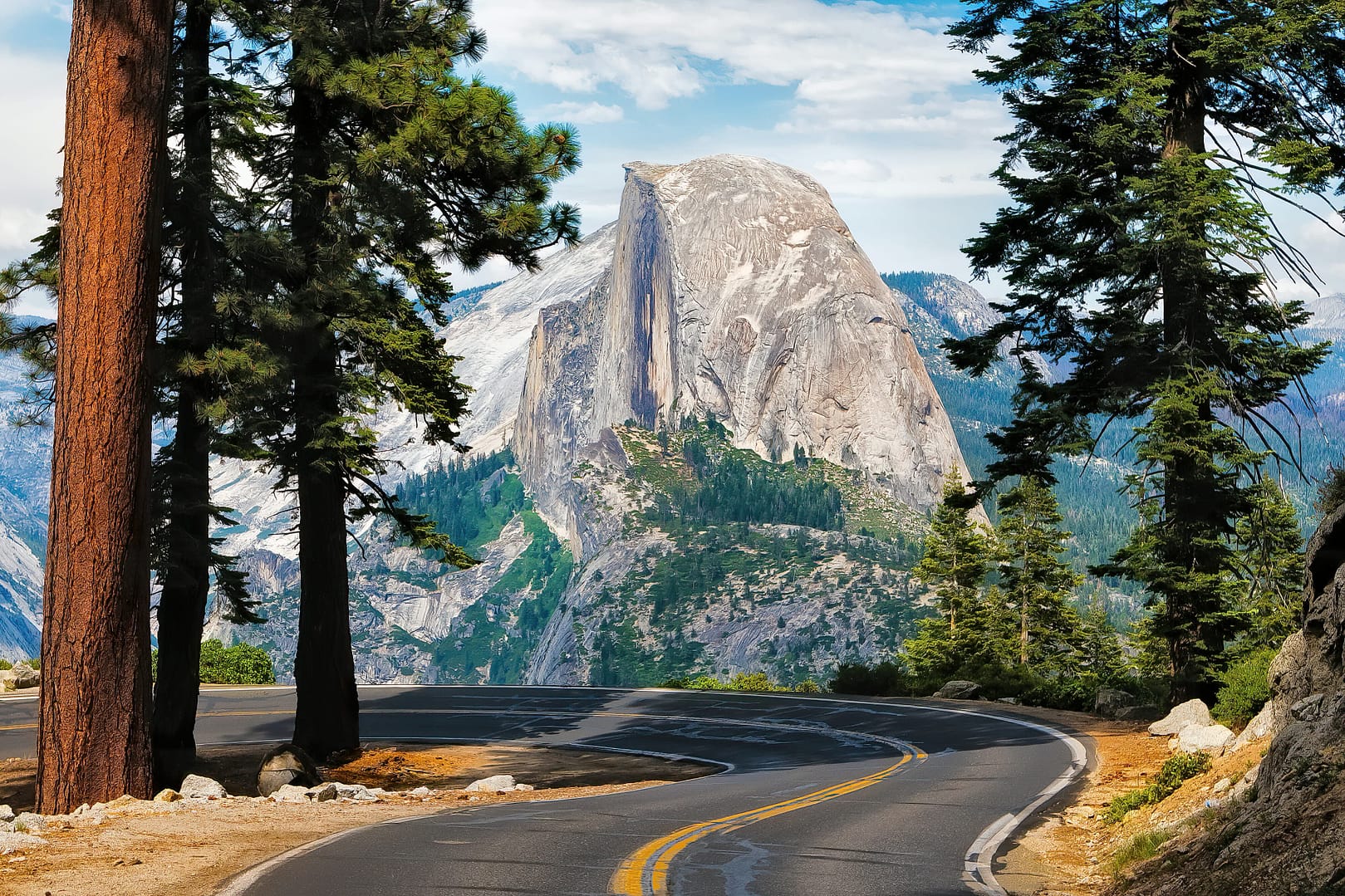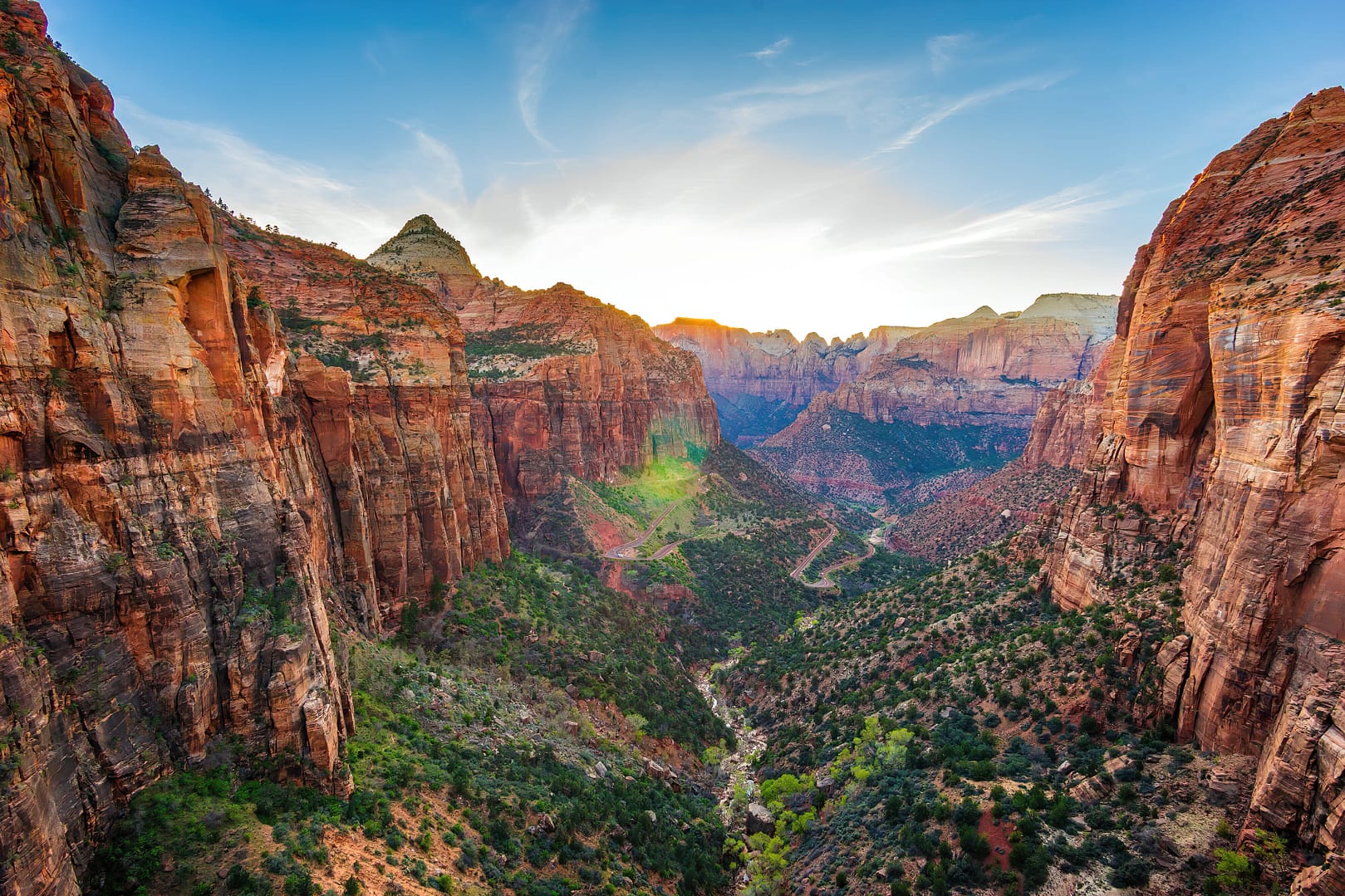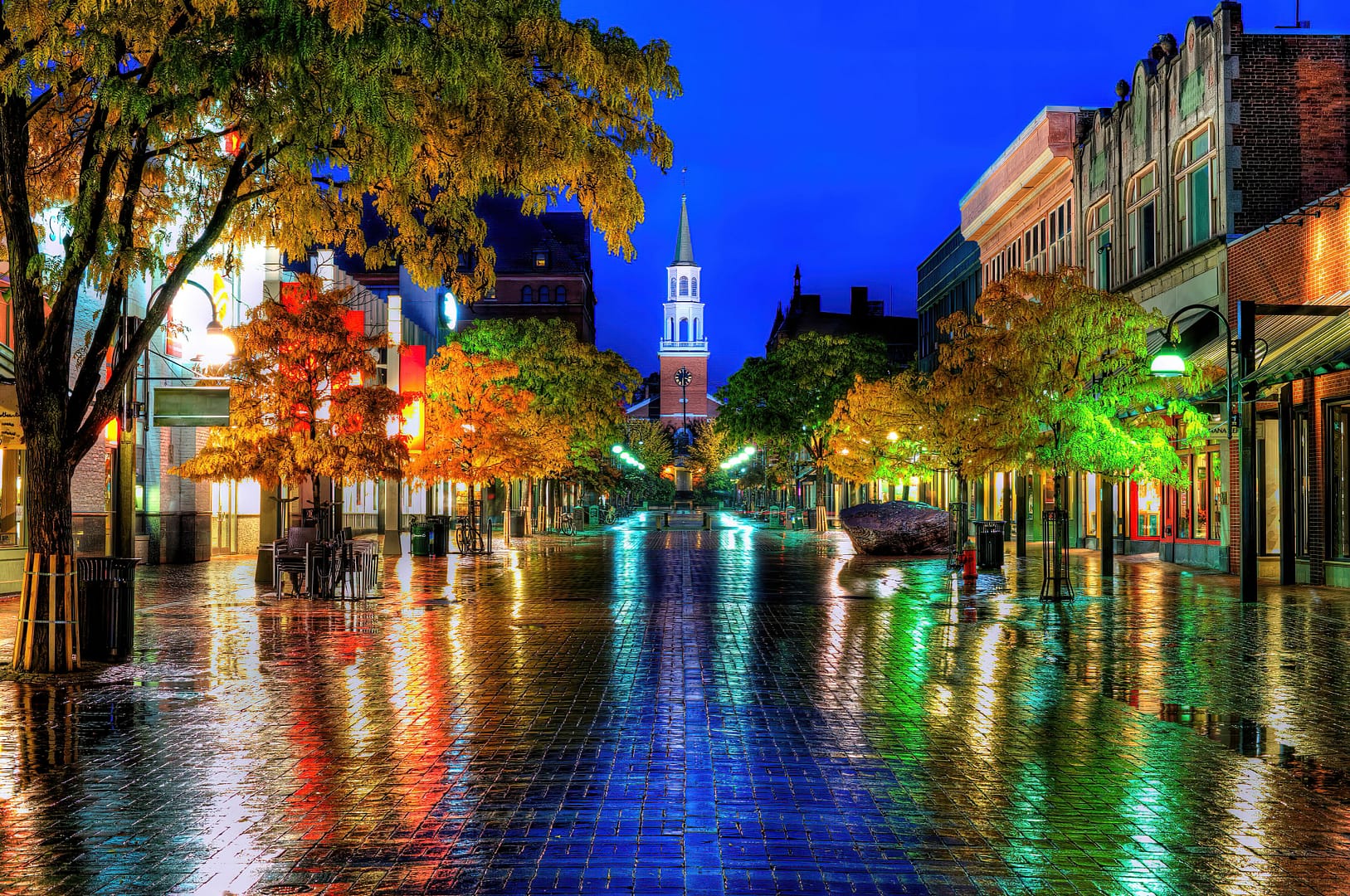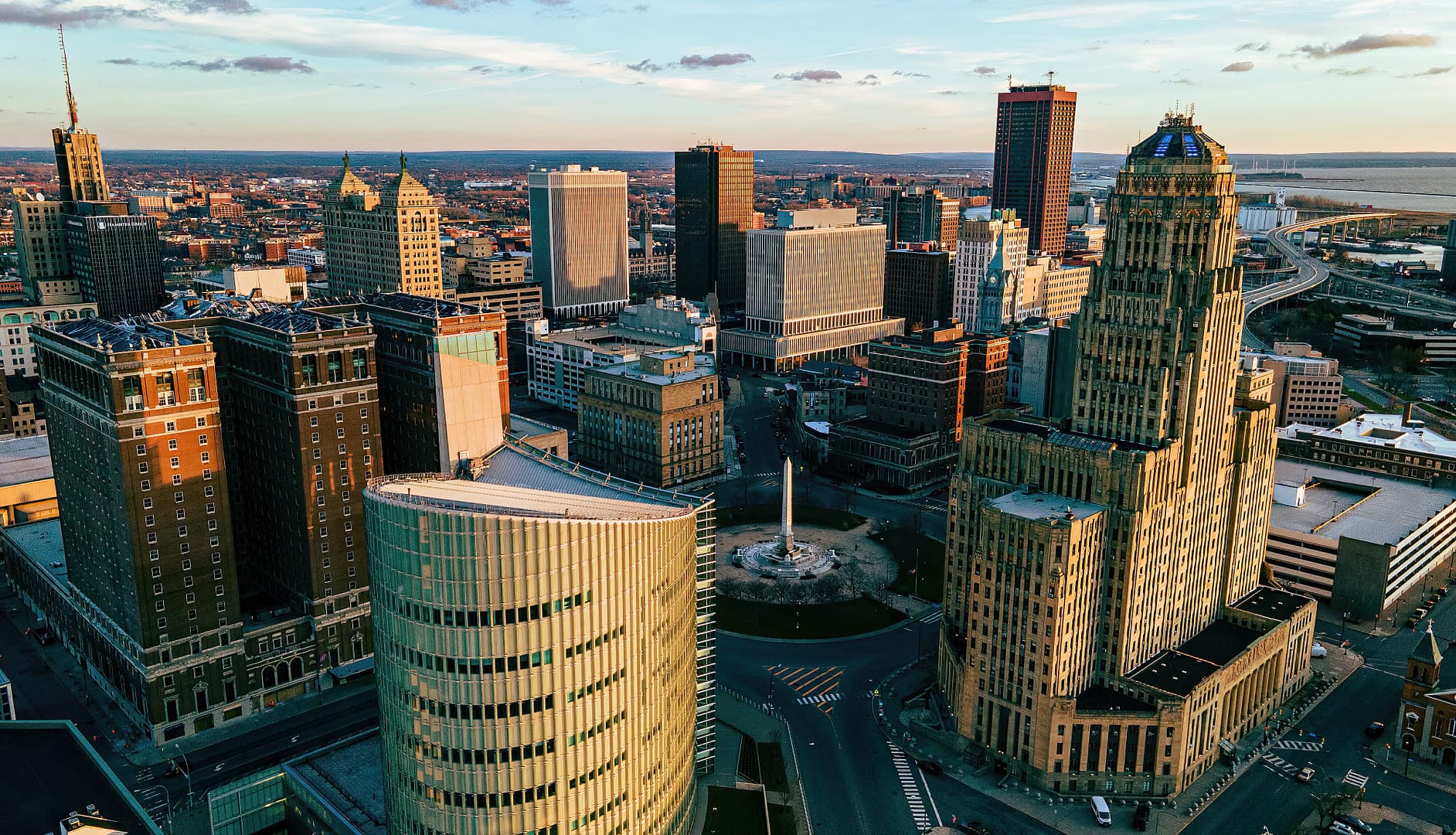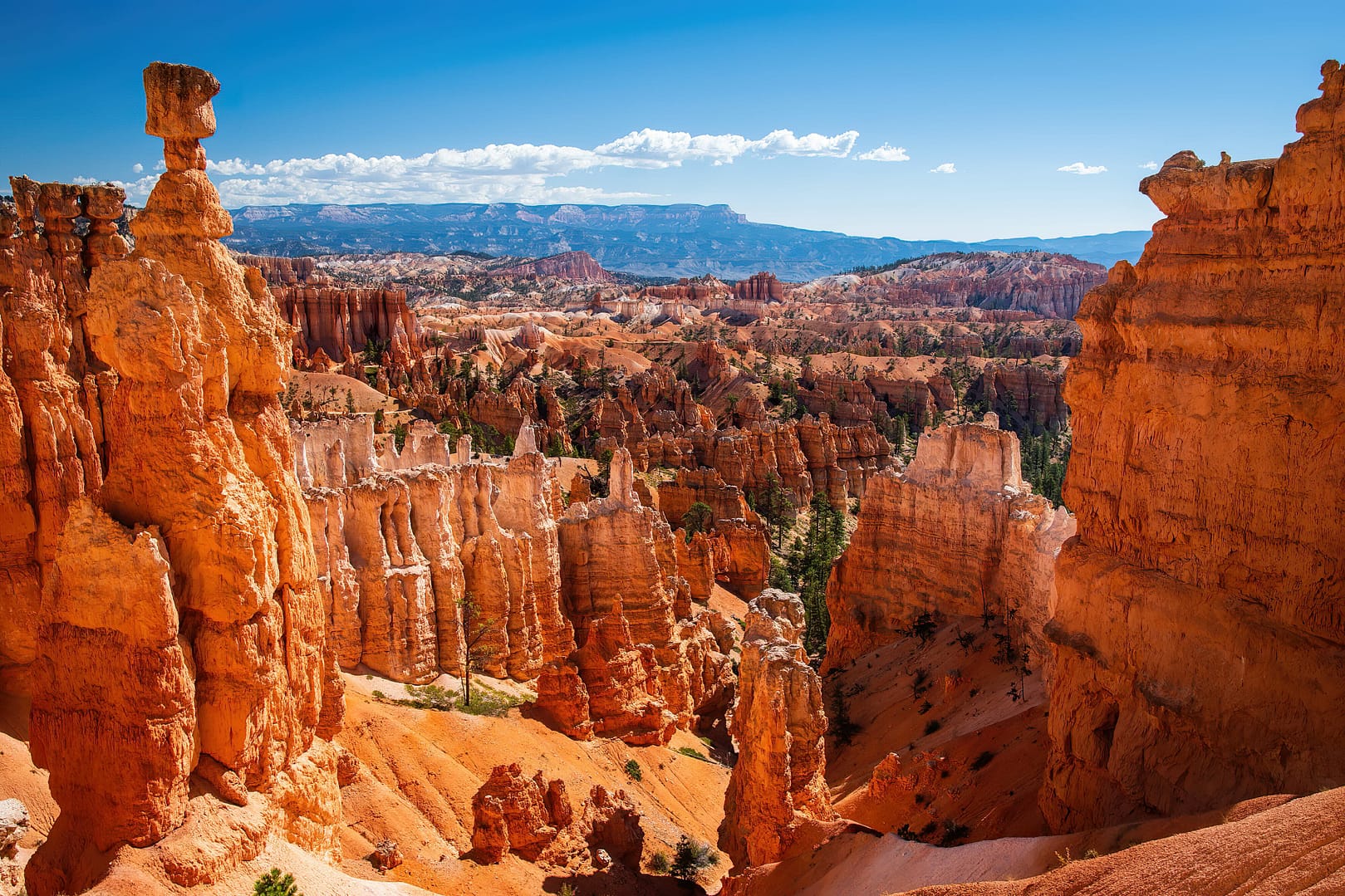As city slickers whose idea of "hiking" is the walk from our apartment to the nearest coffee shop, we didn’t think we were the national park “type.” That is until our friend dragged us—practically kicking and screaming—to Acadia National Park for a weekend. But after just one day filled with more lobster rolls and breathtaking views than we could have imagined, we were hooked.
In this Acadia National Park travel guide series, we’re dishing all the hard-won tips from our many misadventures for your future enjoyment. Learn from our mistakes so you can actually relax and take in the beauty! We’ll cover everything from how not to get stuck halfway up a mountain in flip-flops (yeah, we did that) to where to find the best blueberry pie when the trails work up your appetite.
Packed into one compact yet stunning space, Acadia somehow manages to have it all. From mountains and forests to romantic cliffs overlooking the ocean, you’ll keep feeling like you stumbled onto a new park. And while we still think anything over a gentle incline counts as “mountain climbing,” there are hikes here for absolute beginners like us to more advanced trekkers. We’ll break down all the best options so even the most stubborn couch potato can plan an unforgettable trip!
Whether you’re squeezing in a quick weekend escape or planning to channel your inner wilderness explorer for a week, Acadia has adventures for everyone. Follow along with this series for all our hard-earned tips on transportation, yummy local eats (did we mention the lobster rolls?), cozy lodging, and everything in between to start getting excited about your own trip to one of America’s most beautiful places. Just maybe leave the flip-flops at home.
About Acadia National Park

Acadia National Park is a very diverse and beautiful place. It is home to 330 species of birds and more than 1,100 species of plants. The park has many different ecosystems, including coastal, mountain, and wetland ecosystems. There are also a variety of species of trees and shrubs, including deciduous and coniferous. Some species of plants grow wild, and some are endemic to the area.
Most of the park's land is privately owned, although some parcels are managed by the National Park Service. A total of 35,332 acres of the park are under National Park Service protection. However, 12,000 acres of private land have been protected by conservation easements. Before becoming a national park, the park was known by many different names.
Acadia National Park is located in Maine and spans about 47,000 acres. It is the oldest national park east of the Mississippi. The park's area was used by the Wabanaki Native Americans for thousands of years. Later, European settlers began settling in the area. As tourism grew, artists, scientists, and affluent visitors began to visit the area. During the early twentieth century, the preservation of the land began with the establishment of the Sieur de Monts National Monument. In 1919, this was changed to Lafayette National Park and later to Acadia National Park.
Why Go To Acadia National Park

While summer and fall are the busiest times to visit Acadia National Park, early June and mid-September remain relatively quiet, avoiding the summer crowds. You can still enjoy hiking and cross-country skiing, but trails and businesses are closed and temperatures are chilly. If you'd like to take advantage of the park's fall colors, you should visit after Columbus Day in September or in mid-November.
The island's most popular activities involve engagement with the Atlantic Ocean, including hiking along the coast, climbing pink granite cliffs, and kayaking to offshore islands. The park is also home to rare sand beaches, including Sand Beach and Thunder Hole, where you can listen to rushing waves. The park is also home to bald peaks, making it a great place for sweeping vistas.
The park is also a wonderful place for cross-country skiing, with 30 miles of carriage roads groomed every winter. The Park Loop Road along Ocean Drive between Schooner Head and Otter Cliff Road is a great place for this activity. If you love to stargaze, Acadia is home to the largest dark sky east of the Mississippi. For a unique night sky experience, you should attend a Stars Over Sand Beach tour, or hike to Cadillac Mountain, which offers a magnificent view.
Best Time to Go

Although the park is open all year round, it's best to visit in early fall or late fall, when temperatures are cool and the mud season has passed. You'll be able to enjoy the park without crowds, and the temperatures will still be pleasant. Late fall is also the perfect time to camp, because most campgrounds will be empty in the fall.
While summer is an ideal time for outdoor activities in Acadia, you'll have to contend with crowds and muddy trails. However, the temperatures are still comfortable enough for hiking and biking in the park. And the carriage roads and the Cadillac Mountain Road will open, too! You'll also have better light for taking beautiful pictures, and you'll have more chances of spotting wildlife.
Spring is also a great time to visit Acadia National Park. The weather is mild, with highs in the mid-sixties. You can expect some rain, but the park usually gets only three inches of rain. Between April and May, you'll likely enjoy 17 days of sun. And of course, fall foliage is one of the highlights of any visit to Acadia National Park.
Best Restaurants

One of the best ways to see Acadia National Park is to dine at one of its best restaurants. These restaurants offer a nostalgic feel, reminiscent of times past. They range from traditional luncheons to local seafood joints. Whether you're in the mood for a quick bite, or you want to take your meal on a more leisurely pace, these eateries have something for everyone.
The Jordan Pond House is an excellent choice if you're in the mood for a nice meal. This restaurant is located on a hill overlooking Jordan Pond. Chef Kyle Yarborough offers traditional French food with Mediterranean accents. There's plenty of parking and it's easy to walk around.
In Bar Harbor, you'll find many great restaurants that will satisfy your cravings. If you're planning on dining in Acadia National Park, you may want to try one of the many seafood restaurants. For example, Red's Eats serves the best lobster roll near Portland, which is about 2.5 hours away. The lobster rolls here are extremely tasty and a great value for your money. However, you'll have to order early if you want to get a good meal, and a 45-minute wait is not unusual.
Things to Do

If you are planning a vacation to Maine, then you will want to check out Acadia National Park. It is known as the "Crown Jewel of the North Atlantic Coast," and it protects Maine's rocky coastline. It features granite coastal cliffs, islands, intertidal habitats, and even the tallest mountain on the Atlantic coast. The park is one of the top destinations in the United States, receiving nearly 4 million visitors annually.
One of the most popular Things to Do in Acadia National Park is to drive the scenic Park Loop Road. The 27-mile road provides an incredible view of the park's lakes, mountains, and seashore. Visitors can drive, ride bikes, or take a ferry or Island Explorer bus to explore the scenic drive. However, it's important to consider that the road is extremely popular, so make sure you don't go during peak hours.
If you are interested in seeing autumn foliage and other fall colors, you can go hiking at Acadia in the fall. The foliage is at its best during this time. You can get great photos of this stunning landscape. Fall foliage is particularly beautiful in this part of New England.
Neighborhoods to Know

If you're planning a trip to Acadia National Park, there are a few neighborhoods you should know about. First, if you're coming from a big city, you might want to stay in a more urban area. Bangor, for instance, is a fun, lively and cheap city that's chock full of cultural insights. It also offers stunning views of the Maine Highlands. Alternatively, if you're looking for an island getaway, Bar Harbor is a great place to stay. It's close to ferries to the smaller islands and has heaps of restaurants.
If you're staying near Acadia National Park, it's important to know that western Acadia is very different from eastern Acadia. Western Acadia is not as crowded as the eastern side, and you can still get a sense of privacy. It's also home to the quiet Echo Lake, a popular spot for freshwater swimming. The Bass Harbor Lighthouse is another popular attraction in the western part of the park. It's the only lighthouse on Mount Desert Island and is the most visited landmark in this part of the park. In addition, staying in Bar Harbor is a must for travelers to Acadia National Park. It's the perfect base for exploring the park, and is also well-connected to the rest of New England.
Acadia is located on the coast of Maine and has more than 3 million visitors a year. You can explore its scenic islands, quaint fishing villages, and historic lands, as well as enjoy serene hikes and scenic views.
Weather

Acadia National Park experiences varied weather throughout the year. The shortest day in the park is December 21, and the longest day is June 21. The average daily temperature is 67°F (21°C). The average hourly wind speed varies considerably throughout the year. The windiest month is February, and the calmest month is August.
Since Acadia National Park is situated so close to the ocean, the weather in Acadia N.P. is moderate. There are periods of rain, and temperatures can range from 70°F in the summer to thirty or 40°F in the winter. In addition, fog is common. Regardless of the time of year, it is important to prepare for unexpected weather.
Acadia National Park has a temperate continental climate, with a warm summer and a cold winter. During the summer, temperatures can reach 76°F, while the coldest months are November, January, and February.


